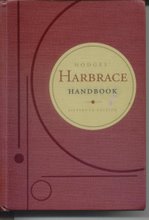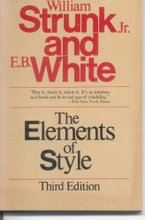
First, it often indicates the possessive case {Wright's treatise}.
Second, it frequently marks the omission of one or more elements and the contracting of the remaining elements into a word (or figure) -- e.g.: "never" into "ne'er"; "will not" into "won't"; "1997" into "'97."
Third, it is sometimes used to mark the plural of an acronym, number, or letter -- e.g.: "CPA's" (now more usually "CPAs"), "1990's" (now more usually "1990s"), and "p's and q's" (still with apostrophes because of the single letters).
Two contradictory trends -- both bad -- are at work with apostrophes.
First, careless writers want to form plurals with wayward apostrophes -- e.g.: "The bishop's [read 'bishops'] of the United Methodist Church have issued an urgent appeal for funds to assist the victims of flooding in the Midwest." Monte Marshall, "Special Offering for Flood Relief," United Methodist Rep., 3 Sept. 1993.
Two contradictory trends -- both bad -- are at work with apostrophes.
First, careless writers want to form plurals with wayward apostrophes -- e.g.: "The bishop's [read 'bishops'] of the United Methodist Church have issued an urgent appeal for funds to assist the victims of flooding in the Midwest." Monte Marshall, "Special Offering for Flood Relief," United Methodist Rep., 3 Sept. 1993.
The same problem occurs in third-person-singular verbs: In the early 1990s, a sign at an Austin service station read, "Joe say's: It's time to winterize your car." And a distressing number of signs on mailboxes and entryways are printed, e.g., "The Smith's" [read "The Smiths"].
The second unfortunate trend is to drop necessary apostrophes: there is a tendency to write "the hotels many shops" or "Martins Pub." The only possible cure is increased literacy.
Finally, U.S. place names drop possessive and associative apostrophes by government policy. So, what was once Harper's Ferry, West Virginia, became Harpers Ferry.
The second unfortunate trend is to drop necessary apostrophes: there is a tendency to write "the hotels many shops" or "Martins Pub." The only possible cure is increased literacy.
Finally, U.S. place names drop possessive and associative apostrophes by government policy. So, what was once Harper's Ferry, West Virginia, became Harpers Ferry.
In 1906, President Theodore Roosevelt charged the U.S. Board on Geographic Names with standardizing place names. One resulting policy is that each name become a "fixed label" so that, under this questionable rationale, "[t]he need to imply possession or association no longer exists."
Contracting apostrophes {Lake O' the Pines} and surname apostrophes {O'Bannon Mill} remain.
 Garner
Garner











